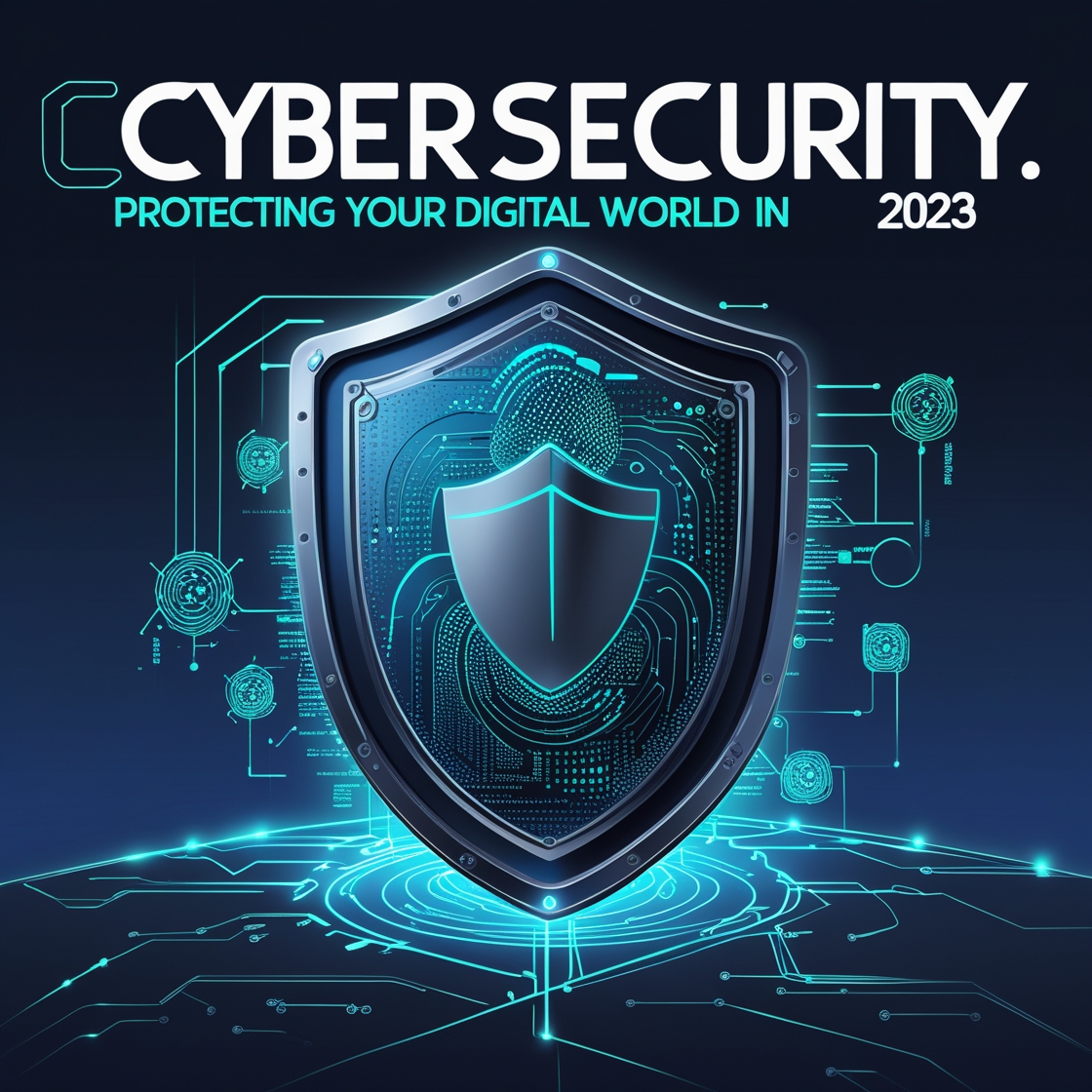Table of Contents
- What is Cybersecurity?
- The Importance of Cybersecurity
- Common Cybersecurity Threats
- Best Practices for Cybersecurity Protection
- Future Trends in Cybersecurity

What is Cybersecurity?
Cybersecurity refers to the practice of protecting computers, servers, networks, and data from malicious attacks. It’s no longer just a concern for large organizations it’s something that affects everyone, from individuals to small businesses, big corporations, and even governments.
Think about it—your personal information, banking details, and work documents are likely stored online. Without proper protection, they’re vulnerable to hackers, phishing scams, and malware. Cybersecurity is your digital armor in a world where the bad guys don’t come at your front door they attack through screens.
The Importance of Cybersecurity
Why is cybersecurity so crucial? Simple. The more technology advances, the more risks we face. Cybercriminals are becoming smarter and finding new ways to exploit vulnerabilities in systems. A single breach can have devastating consequences, like financial loss, identity theft, or even the shutdown of critical systems.
For example, in 2021, the Colonial Pipeline ransomware attack caused widespread fuel shortages in the U.S. This shows how a lapse in cybersecurity can affect not just individuals but entire populations.
Here’s why cybersecurity matters for you:
- Protects sensitive data like passwords, credit card numbers, and personal information.
- Safeguards businesses from losing revenue or damaging their reputation due to breaches.
- Prevents identity theft, which can take years to recover from.
Common Cybersecurity Threats
No matter how strong your defenses are, you can’t ignore the most common cybersecurity threats that lurk online:
1. Phishing Attacks
Phishing scams involve fake emails or messages that trick you into revealing personal information, like login credentials. They often look legitimate but lead you straight into the hands of hackers.
2. Malware
Short for “malicious software,” malware includes viruses, worms, and trojans. Once inside your system, malware can steal data, spy on your activity, or even disable your system entirely.
3. Ransomware
Imagine waking up to find your computer locked you can’t access your files unless you pay a hefty ransom. That’s ransomware, and it’s one of the biggest threats today.
4. Man-in-the-Middle Attacks
Here, hackers intercept communication between two parties to steal sensitive data, like login details during online transactions on unsecured networks.
5. Social Engineering
Cybercriminals don’t always rely on tech they often manipulate people into giving away information, playing on trust or fear.
Best Practices for Cybersecurity Protection
The good news? You can take steps to protect yourself and your data. Follow these essential cybersecurity practices to stay secure:
1. Use Strong Passwords
Avoid using “123456” or “password.” Use unique, complex passwords for each account, and consider using a password manager for better security.
2. Enable Two-Factor Authentication (2FA)
2FA adds an extra layer of security by requiring a second verification step, like a code sent to your phone.
3. Keep Software Updated
Hackers often exploit outdated software. Regular updates patch vulnerabilities, so make sure your devices and applications are up to date.
4. Be Wary of Links and Attachments
Don’t click on links or download attachments from unknown sources. Always confirm legitimacy before taking action.
5. Install Antivirus and Firewall Software
Antivirus programs help detect and neutralize threats, while firewalls keep unwanted traffic out of your system.
6. Secure Your Wi-Fi Network
Change the default password on your router and use WPA3 encryption for a more secure connection. Public Wi-Fi should be avoided unless you’re using a VPN.
7. Backup Your Data Regularly
Regular backups ensure that even if you fall victim to ransomware, you can recover your important files without paying.
Future Trends in Cybersecurity
The world of cybersecurity isn’t stagnant it’s an arms race between defenders and attackers. Here are some trends shaping its future:
1. AI and Machine Learning
Artificial intelligence is revolutionizing cybersecurity by detecting patterns and predicting potential attacks. On the flip side, hackers are using AI to create even more sophisticated threats.
2. Cloud Security
With more businesses migrating to the cloud, securing these platforms is a priority. Expect advancements in encryption and data protection for cloud users.
3. Zero-Trust Architecture
“Never trust, always verify” is the motto of the zero-trust model. This cybersecurity approach minimizes risk by assuming no entity inside or outside the network is trustworthy.
4. Rise of IoT Threats
Connected devices like smart speakers and thermostats are growing in popularity, but they’re also weak points for attackers. Future cybersecurity efforts will focus heavily on protecting the Internet of Things (IoT).
5. Quantum Computing Challenges
Quantum computing holds promise for faster problem-solving but could also break traditional encryption. Cybersecurity experts will need to develop quantum-resistant solutions in the coming years.
Wrapping It Up
Cybersecurity is no longer optional it’s essential. By understanding its importance, recognizing threats, and practicing good habits, you can shield yourself from dangerous attacks. The digital world is advancing rapidly, and staying updated on trends in cybersecurity is your best way to stay a step ahead of cybercriminals.
